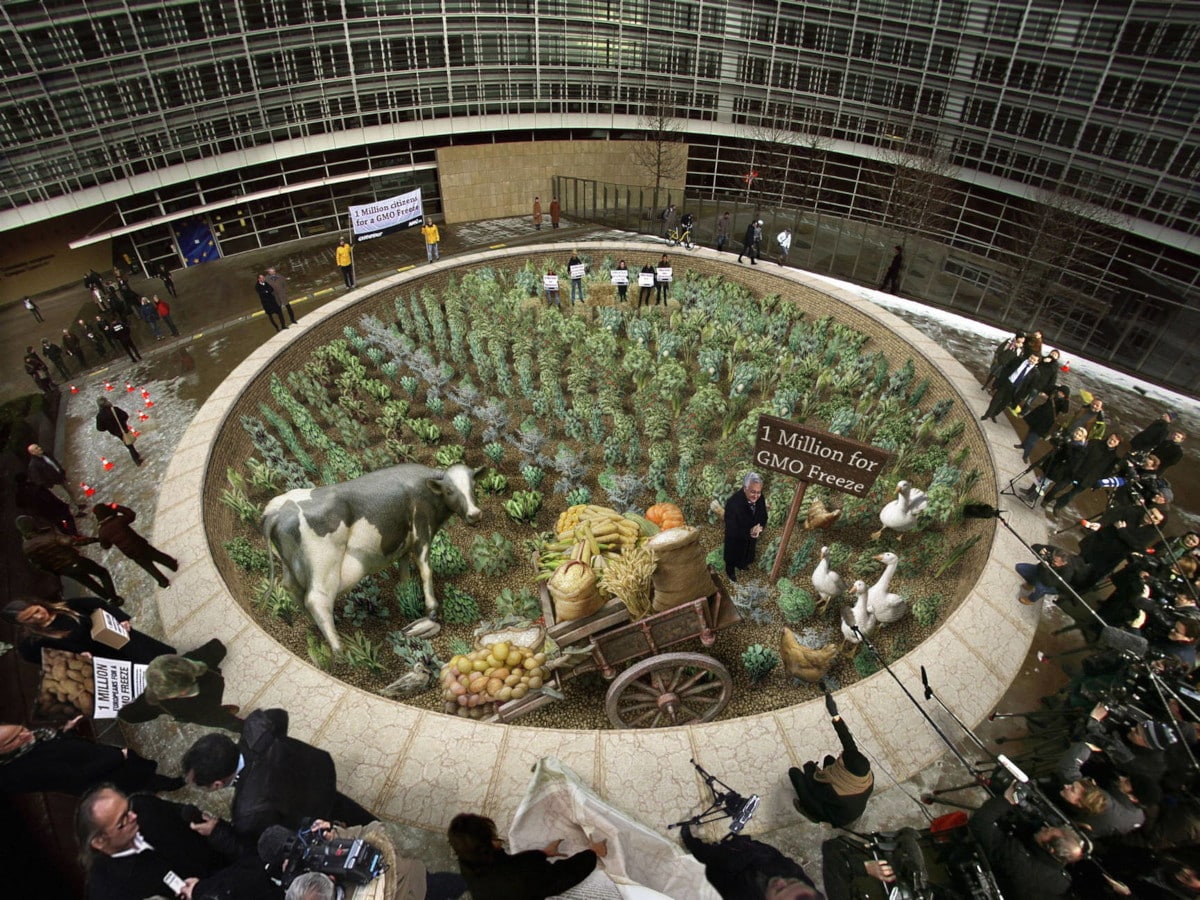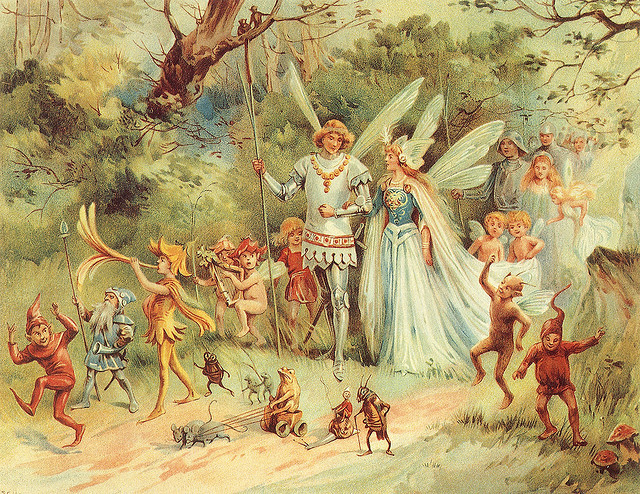Full recipe for chutney cream in Peg Bracken’s I Hate to Cook Book, 1960:
Mix:
1 cup sour cream
1/2 cup chopped chutney
Juice of 1/2 lemon or limeThere.
Full recipe for chutney cream in Peg Bracken’s I Hate to Cook Book, 1960:
Mix:
1 cup sour cream
1/2 cup chopped chutney
Juice of 1/2 lemon or limeThere.
In the 1990s, after studying the relation between primate brain size and social groups, British anthropologist Robin Dunbar proposed that human beings can comfortably maintain about 150 stable relationships — relationships in which one knows all the other members and how they relate to one another. Informally, he said, this is “the number of people you would not feel embarrassed about joining uninvited for a drink if you happened to bump into them in a bar.”
Notably, in a 2018 article for the Financial Times, Dunbar added that we maintain an inner core of about five people with whom we spend about 40 percent of our social time and 10 more with whom we spend another 20 percent. “In other words, about two-thirds of our total social effort is devoted to just 15 people.”

greenth
n. green vegetation; the state or quality of being green
In an 1899 lecture, University of Wyoming chemistry professor Emory Edmund Slosson announced that he wanted to see how rapidly a certain odor diffused through the air and asked students to raise their hands as soon as they could smell it. Then he poured distilled water over cotton, explaining that it was a chemical with a distinctly unusual odor. Within 15 seconds most of the students in the front row had raised their hands, and within a minute three quarters of the class had.
Similarly, University of California food scientist Michael O’Mahoney told a British TV and radio audience in 1978 that a certain sound frequency would induce the perception of an outdoorsy smell. This suggestion and some audiovisual prompts led hundreds of people to write in claiming they’d smelled something when the frequency was broadcast.
In The Scent of Desire (2009), Brown University psychologist Rachel Herz writes, “This media stunt shows how simply being told that an odor is ‘there’ can convince you that you are smelling something with all of its full-blown consequences.”
12/13/2023 UPDATE: It seems likely that Slosson is Edwin Emery Slosson — possibly Herz mistook his name. (Thanks, Charlotte.)

Ex-JPL conceptual artist Kurt Wenner created this anamorphic drawing in 2010 for Greenpeace, to commemorate a million-signature petition opposing genetically modified crops in Europe.
Seen from this angle the illusion is so compelling that it’s hard to tell what’s what. Within the circle Wenner (addressing reporters) is real, as are the five people behind him bearing signs, and the bales immediately surrounding them. But I believe everything else within the ring is drawn. For comparison here’s an image by Pyramid Visuals, which produced the substrate on which the image was printed.
At 22 meters square, the image set a world record at the time as the largest of its kind drawn by a single person.
Simon Beck creates large-scale artworks by walking through fields of snow. Working primarily in the Alps, he creates about 30 drawings each winter, shuffling through pristine snowfalls guided by a compass. A single image can require 10 hours’ time and 30 miles of of walking.
“Making these drawings is map-making in reverse,” he told the Guardian. “You start with the map, and you need to make the ground agree with the map.”

The Swedish courts took up a perplexing case in 1656: Småland maid Karin Svensdotter claimed to have had a sexual relationship with the King of the Fairies. She said she’d met a beautiful man in golden clothes who called himself Älvakungen and courted her with gifts. She’d borne him seven children, which he’d taken away to the land of the fairies. She said she’d given birth during recurring fits, from which she was known to suffer, and her employer testified that he’d heard her searching for her children in the forest.
In the 17th century the church acknowledged the existence of mythical creatures, and consorting with nature spirits such as Älvakungen would have constituted bestiality, for which a human might face a death sentence. After some consideration, though, it was determined that Svensdotter had been driven mad by Satan’s magic. The congregation was ordered to pray for her, relatives gave her a silver cross, and Älvakungen never troubled her again.
During a shower of rain the Keeper of a Zoölogical garden observed a Man of Principle crouching beneath the belly of the ostrich, which had drawn itself up to its full height to sleep.
‘Why, my dear sir,’ said the Keeper, ‘if you fear to get wet you’d better creep into the pouch of yonder female kangaroo — the Saltatrix mackintosha — for if that ostrich wakes he will kick you to death in a moment!’
‘I can’t help that,’ the Man of Principle replied, with that lofty scorn of practical considerations distinguishing his species. ‘He may kick me to death if he wish, but until he does he shall give me shelter from the storm. He has swallowed my umbrella.’
— Ambrose Bierce, Fantastic Fables, 1899
In the 19th century, Native Americans from central Canada to northern Mexico could communicate using Plains Indian Sign Language, a lingua franca that facilitated trading, hunting, storytelling, and warfare between speakers of different languages. It’s estimated that in 1885 more than 110,000 indigenous people were familiar with the signs. Today only a few dozen fluent signers remain, though efforts are afoot to preserve the language.
Above: In September 1930, U.S. Army general Hugh L. Scott attended the Indian Sign Language Grand Council, an intertribal gathering of indigenous leaders convened to document and preserve PISL.
Excerpt from a letter by Lt. James Simmen, 5th Battalion, 60th Infantry (Mechanized), in Vietnam, to his brother Vern, a parish priest:
You’d be surprised how similar killing is to hunting. I know I’m after souls, but I get all excited when I see a VC, just like when I see a deer. I go ape firing at him. It isn’t that I’m so crazy. I think a man who freezes killing a man would freeze killing a deer. I’m not perverted, crazy, or anything else. Civilians think such thinking is crazy, but it’s no big deal. He runs, you fire. You hunt so I think you’d feel the same way. It isn’t all that horrifying.
When you see a man laughing about it, remember he talks the same about killing a deer. Of course, revenge has a part in wanting him just like you want a deer for a trophy and meat. I know I’m not nuts. If I killed a man in the U.S., everyone would stare. Last night I killed and everyone has been patting me on the back, including the battalion commander. What do you think?
That’s from Bernard Edelman’s Dear America: Letters Home From Vietnam (2002). In The Fate of a Nation (1975), Hugh Rankin quotes Pvt. Joseph Plumb Martin describing an experience at the Battle of Monmouth, June 28, 1778:
When within about five rods of the rear of the retreating foe, I could distinguish everything about them, they were retreating in line, though in some disorder; I singled out a man and took my aim directly between his shoulders (they were divested of their packs,) he was a good mark, being a broad shouldered fellow; what became of him I know not, the fire and smoke hid him from my sight; one thing I know, that is, I took as deliberate aim at him as ever I did in my life. But after all, I hope I did not kill him, although I intended to at the time.
A few months after his Vietnam experience, Simmen wrote, “[I] feel kind of ashamed of the way I’ve thought and acted over here. I realize that I’ve actually enjoyed some of the things I’ve done which would be repulsive to a healthy mind. … When one starts to enjoy the sickness of war, he is sick.”